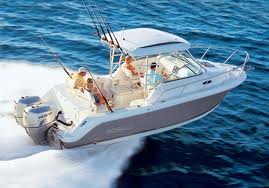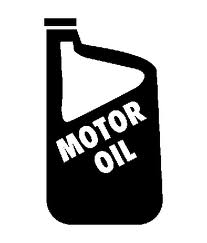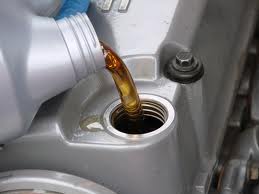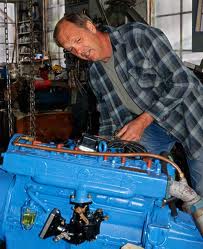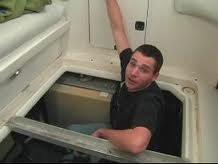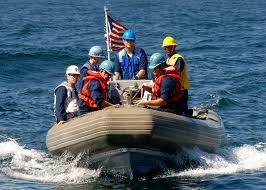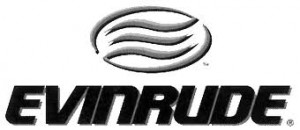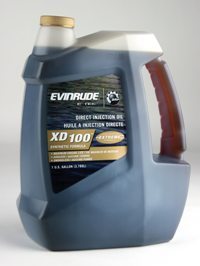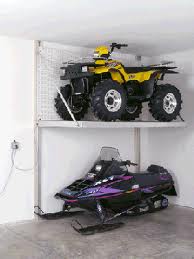High Fuel Prices Won’t Keep Everyone Off the Water
 With skyrocketing fuel prices that are making us cringe at the gas-pump many people can’t bring themselves to pay the fuel bill for some recreational activities. Fortunately we’ve run across some handy tips over the years for those who don’t want to sacrifice their much needed relaxation and hobbies because fuel prices are too high. Today we’ll share with you the first installment in the fuel-saving tip guide that will keep you sane and out of the poor-house.
With skyrocketing fuel prices that are making us cringe at the gas-pump many people can’t bring themselves to pay the fuel bill for some recreational activities. Fortunately we’ve run across some handy tips over the years for those who don’t want to sacrifice their much needed relaxation and hobbies because fuel prices are too high. Today we’ll share with you the first installment in the fuel-saving tip guide that will keep you sane and out of the poor-house.
Tip Number 1: Smart Navigation
Boats are well-known to perform less than optimally in messy chop or when moving against currents. When having to deal with less than ideal conditions it’s more important than ever to pay close attention to where you’re going and when. The best way to avoid finding yourself in undesirable waters is to get to know your local waterways, current and tide cycles and weather patterns. Pay close attention to the currents and wind patterns and you could even boost your fuel efficiency by riding sympathetic currents. But no matter the conditions, you’ll want to maintain your boats engine with Evinrude XD50 oil. It’s great in several types of weather conditions and certainly won’t hurt fuel economy.



